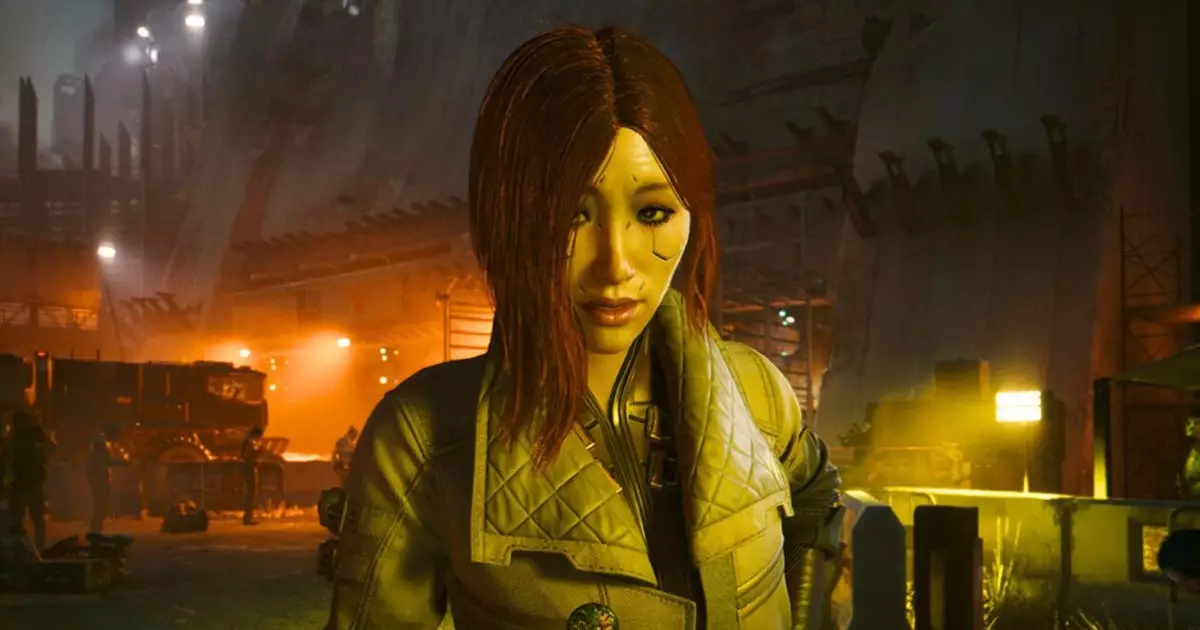CD Projekt Red has become synonymous with immersive storytelling and expansive worlds, and the anticipation surrounding their sequel to *Cyberpunk 2077* reflects this legacy. While details remain scarce, the studio’s current focus on *The Witcher 4* suggests that fans may have to exercise patience. However, recent insights from Mike Pondsmith, the original creator of the *Cyberpunk* universe, have ignited curiosity and speculation about what’s next. Pondsmith’s involvement—albeit indirect in this iteration—provides a comforting link to the franchise’s roots, instilling hopes for a substantive and engaging narrative that builds on the foundation established in the first game.
New Voices and Creative Directions
The appointment of Anna Megill as lead writer is a pivotal move for the sequel. Megill’s experience with *Control* and the upcoming *Fable* game suggests that she brings a fresh perspective to the table, one that could blend intricate storytelling with the dynamic gameplay that fans crave. The studio’s pledge to tackle significant themes indicates a desire to delve deeper into the socio-political fabric of the *Cyberpunk* universe, potentially promoting a narrative that resonates on multiple levels. Yet, the lack of specific plot details leaves much to the imagination, fostering a sense of mystery that both excites and frustrates the community.
A Glimpse into the New World
At a recent event, Pondsmith shared intriguing hints about the game’s setting. His mention of a new city that players will explore, alongside the familiar Night City, paints a picture of evolution within the game world. The comparison to a “Chicago gone wrong” instead of a *Blade Runner*-esque landscape offers a fresh take on urban decay, perhaps mirroring societal issues that resonate in the real world. This development could provide players with a stark and gritty environment conducive to exploration, creating new opportunities for storytelling and immersion. It’s a bold move to shift the venue; rather than recycling elements from the original game, the introduction of a new city lays the groundwork for novel experiences while still allowing the nostalgia of Night City to play a significant role.
Balancing Familiarity with Innovation
The decision to maintain Night City while introducing a new environment prompts an intriguing conversation about the balance of familiarity and innovation in game design. Critiques of sequels often highlight the tendency to rely on previous successes, leading to criticisms of stagnation. Yet, examples like *Zelda: Tears of the Kingdom* illustrate that developers can successfully recontextualize existing maps to offer fresh experiences that feel both familiar and innovative. Similarly, *Yakuza’s* repeated use of set locations serves as a reminder of how familiar spaces can evolve and deepen storytelling.
For players dissatisfied with *Cyberpunk 2077’s* initial release, observing how Night City is transformed could offer a more nuanced understanding of the world and its characters. What changes have taken place, and how have societal shifts impacted everyday life in this gritty universe? These are enticing questions that suggest the sequel has the potential to learn from its predecessor’s shortcomings.
Looking Ahead: The Long Wait and High Hopes
While the road to the sequel might be lengthy—perhaps stretching over several years—community excitement remains buoyed by the promise of innovation and deeper engagement. The critical examination of societal norms, coupled with the addition of a new environment, presents an opportunity for players to connect with the content on a multidimensional level. As enthusiasts of the genre, our expectation should not only be for polished graphics or gameplay mechanics but for compelling narratives that challenge our perceptions and engage our imaginations.
As CD Projekt Red continues to refine this project, the anticipation builds, and the stakes rise. Will they be able to capture the spirit of the *Cyberpunk* universe while charting new territory? Only time and the unfolding narrative will tell, but for now, the potential remains as vast as the neon-lit horizons of Night City itself.

